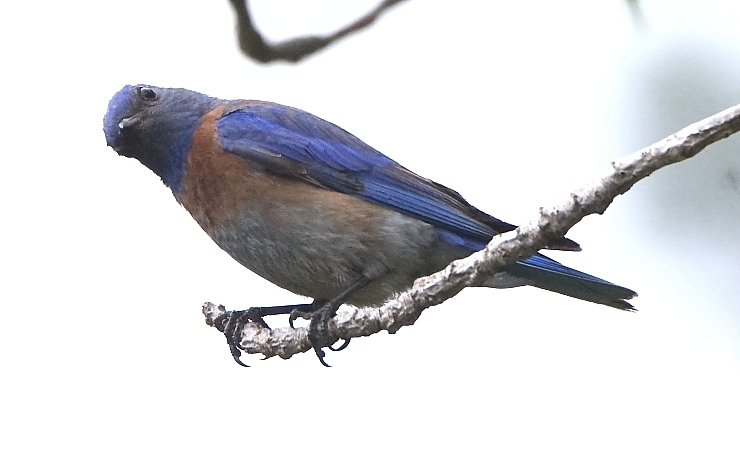
An eternity ago, when our now-adult children were young enough to watch Sesame Street, that show used to have segments about diversity with the phrase “We’re different, but the same. The same, but different.” My wife and I sometimes still quote that line in our daily conversations.
Last week, I wrote about my recent trip from my current home of Morelia, Mexico to my childhood home of the San Francisco Bay Area in the United States, and how several species can be found in both places, in spite of how far apart they are, and yet look quite different in each place. They are, in effect, the same, but different.
Today I would like to comment on some birds found in these two areas that are different species, but appear quite similar. Different, but the same, if I may.
Perhaps my first two species pairs don’t completely fit this description, since they can in fact be found both on the U.S. west coast and in central Mexico. But they cannot be found in my part of central Mexico. It is an odd fact of birding down here that in my region of west-central Mexico, I only see Eastern Bluebirds, while I can see Western Bluebirds by travelling east to the bunchgrass and Montezuma Pine habitat above Mexico City. Around Morelia, in Mexico’s southwest, Eastern Bluebirds are common in open habitats with some trees, but never, ever in urban areas.
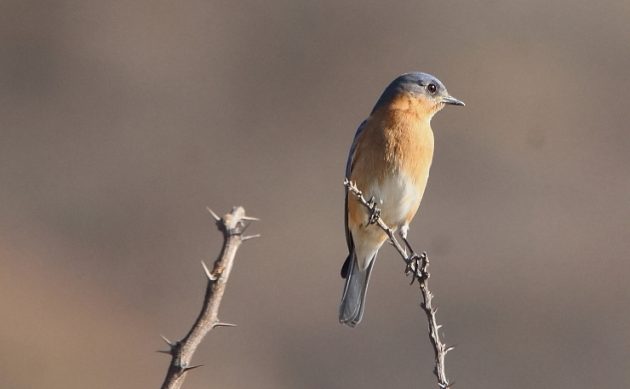
Since birds received their English common names in the U.S., it is not surprising that Bluebirds there do in fact obey their Western/Eastern names. What did surprise me was how common they are in my sister’s suburban neighborhood. I’ll include a photo of a “bird on a wire” to illustrate this point.
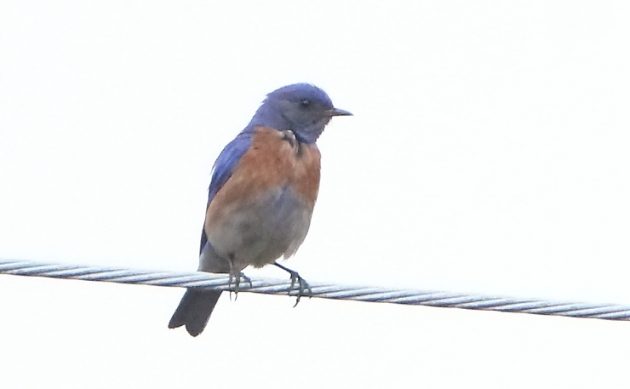
I am a big fan of all things Nuthatch, and White-breasted Nuthatches (of which I spoke last week) are common in both Michoacán and California. But in Mexico, I have only seen the adorable Pygmy Nuthatch in those same bunchgrass/pine forests above Mexico City. So I was delighted to see many of them up in my sister’s neighborhood. One house had a stand of California Redwoods that was crawling with them.
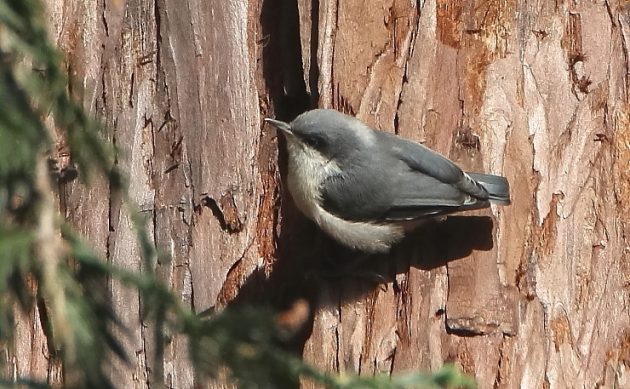
Now for some true “different but the same” pairs. It would be quite a trick to distinguish the California Towhee from Mexico’s Canyon Towhee, although the California Towhee is a slightly richer color. So I guess it’s just as well that they don’t live anywhere near each other.
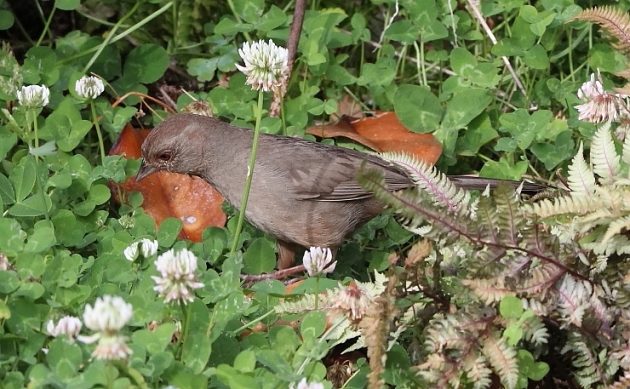
California Towhee
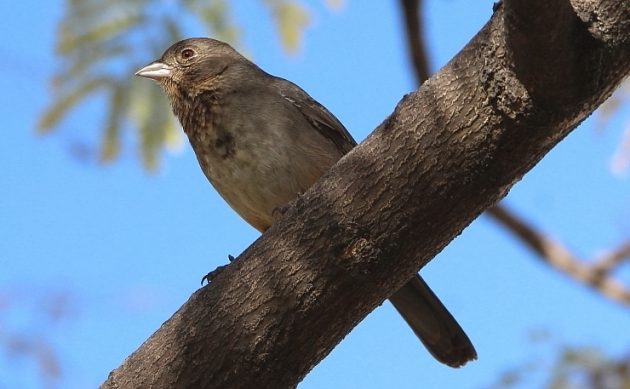
Canyon Towhee
Our southern Mexican Chickadee looks quite similar to the Carolina and Black-capped Chickadees of the eastern United States and Canada (and quite a few “Tit” relatives of the Old World, as well). But I confess to a special fondness for the Chestnut-backed Chickadees of my youth in California. In the black-and-white world of Chickadees and Tits, that chestnut back looks positively flamboyant.
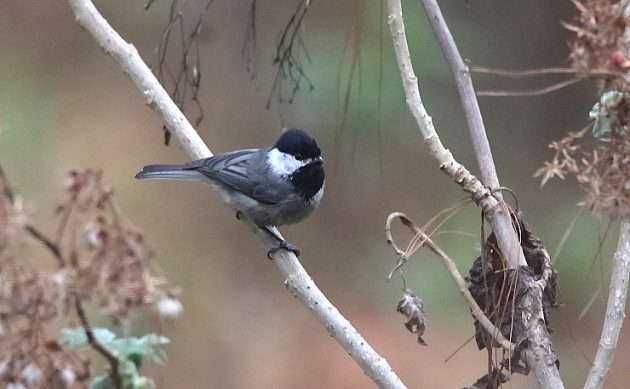
Mexican Chickadee
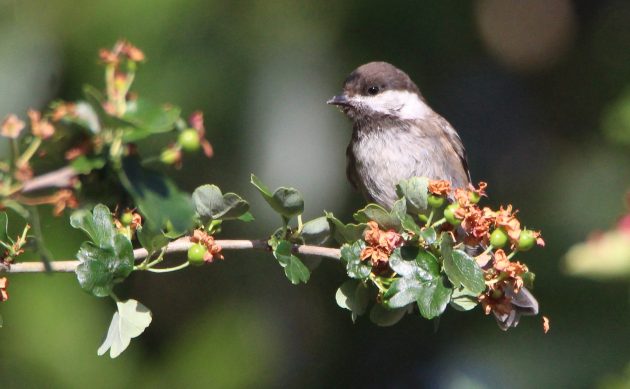
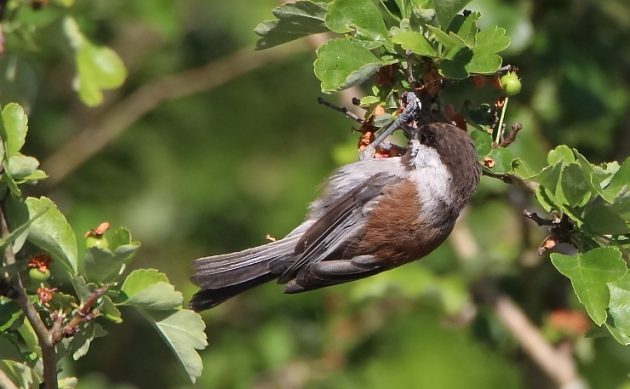
Chestnut-backed Chickadee
Juncos are apparently quite the Gordian Knot when it comes to taxonomy; Wikipedia suggests there may be as few as three or as many as twelve species. But I have no problem distinguishing California’s Dark-eyed Juncos from Mexico’s Yellow-eyed Juncos. Dark-eyed Juncos are just plain adorable. Yellow-eyed Juncos want to suck the life force from you… although they would also be rather adorable while doing it.
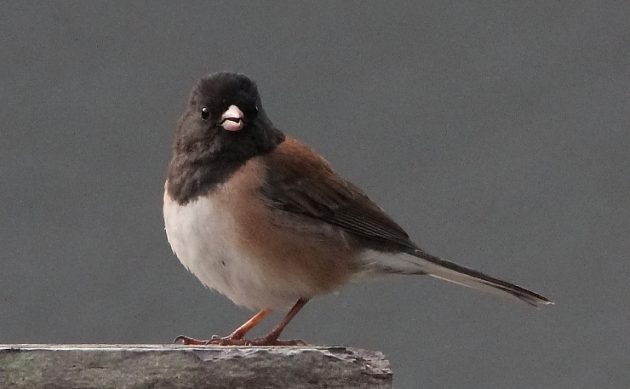
So sweet, so innocent…
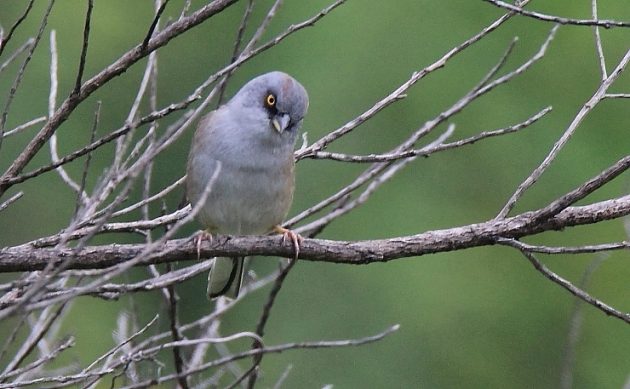
…So evil.
Like the California and Canyon Towhees, Western Grebes and Clark’s Grebes are almost indistinguishable. But unlike those Towhees, these Grebes share an almost perfect overlap on their ranges. Years of observing the Grebes on Michoacán’s Lake Cuitzeo have convinced me that they are all Clark’s. But I do know that Westerns can be observed in California. I just didn’t expect one to turn up on the Pacific Ocean surf, photobombing the shots I was taking of a Brandt’s Cormorant. It turns out that Western Grebes are more likely than Clark’s to be seen on the ocean, as well as having a larger black cap than they do.
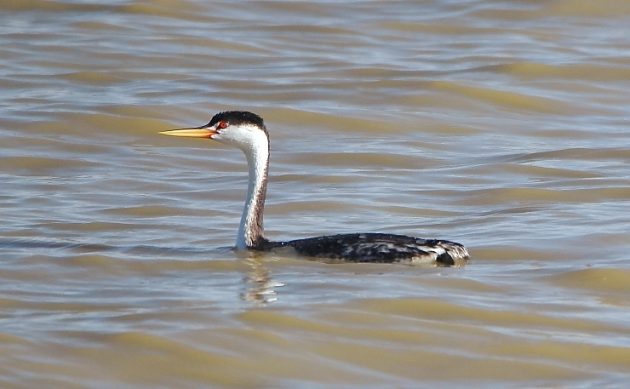
A Lake Cuitzeo Clark’s Grebe
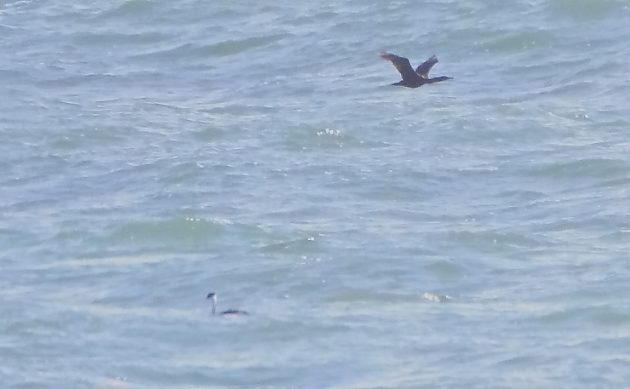
A Western Grebe, surfing
You really do learn something every day… At least, you learn something every day that you are able to bird in a whole new area.











Leave a Comment